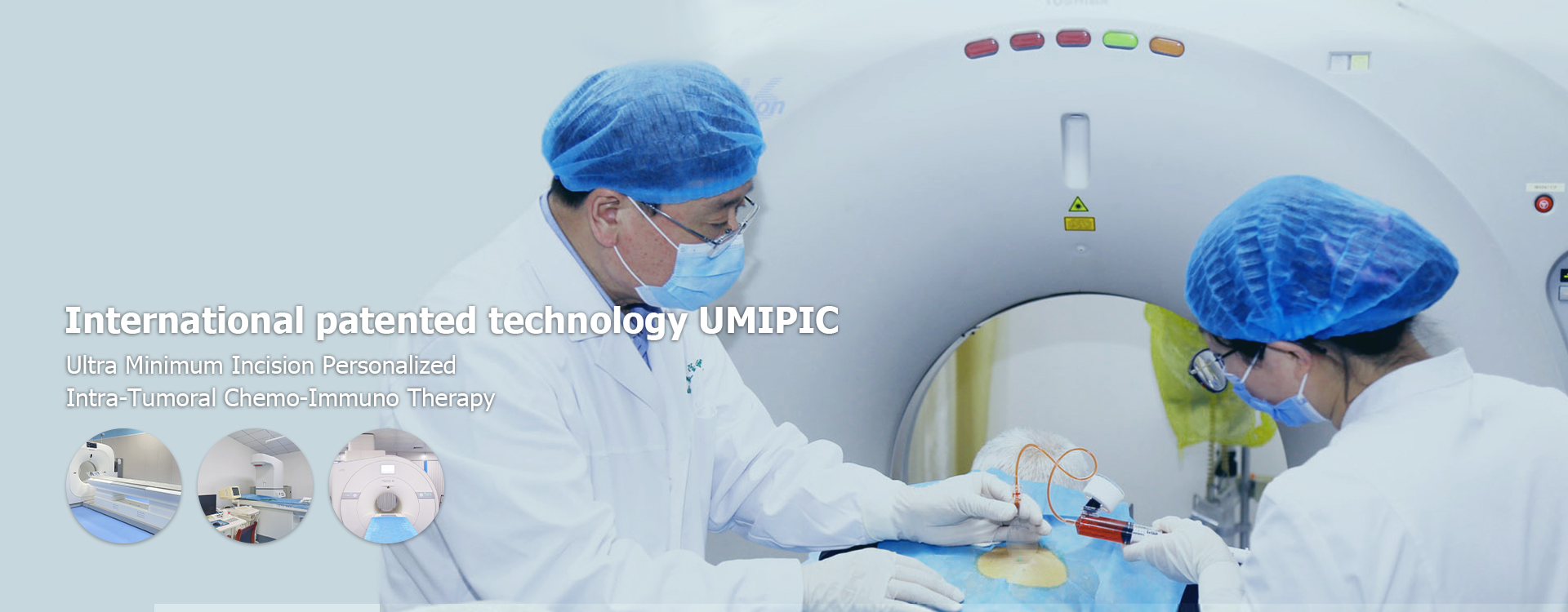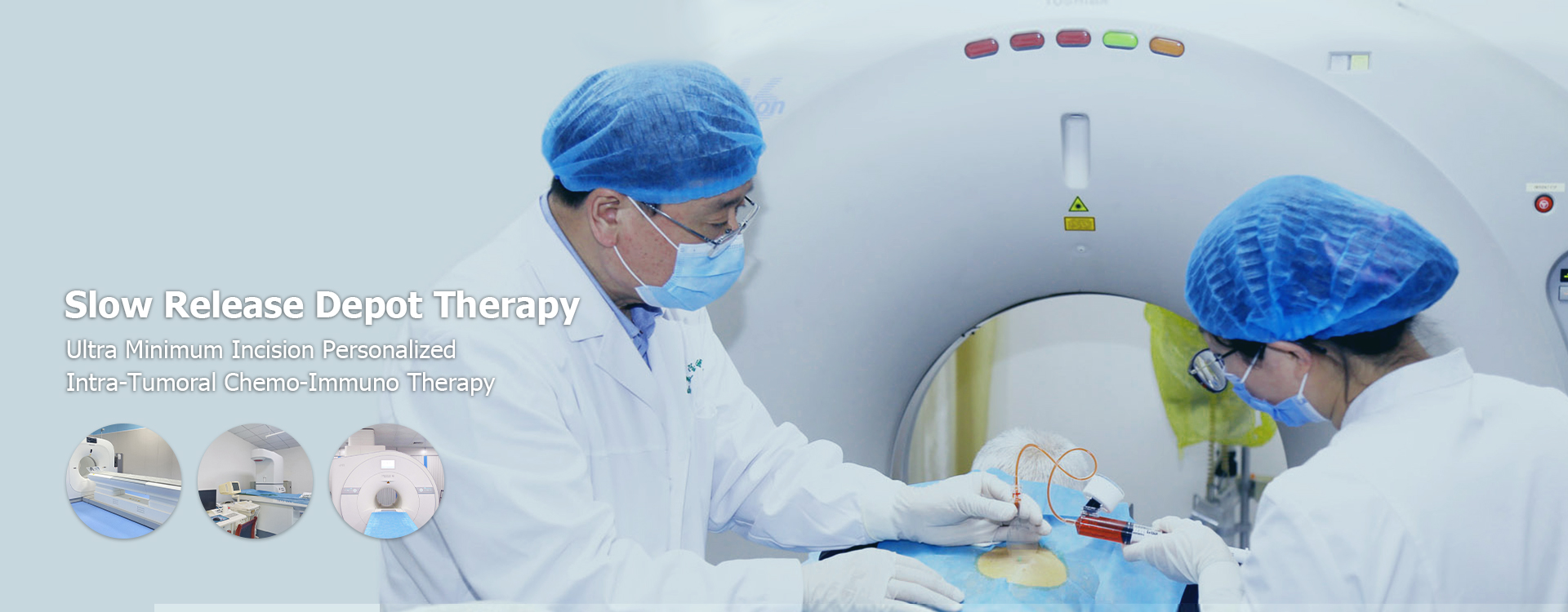
lung cancer treatment
Lung cancer treatment encompasses a range of approaches, including surgery, chemotherapy, radiation therapy, targeted therapy, and immunotherapy. The best treatment plan depends on factors like the cancer's stage, the patient's overall health, and personal preferences. This guide explores these treatment options in detail, providing information to help patients and their families navigate this complex journey.Understanding Lung CancerLung cancer is a disease in which cells in the lung grow out of control. There are two main types: non-small cell lung cancer (NSCLC) and small cell lung cancer (SCLC). NSCLC is more common and includes subtypes like adenocarcinoma, squamous cell carcinoma, and large cell carcinoma. SCLC is less common but tends to grow and spread faster. Early detection and accurate diagnosis are crucial for effective lung cancer treatment. Shandong Baofa Cancer Research Institute is dedicated to advancing cancer research and treatment options.Treatment Options for Lung CancerSeveral treatment options are available for lung cancer. The specific treatment plan will be tailored to the individual patient and the characteristics of their cancer.SurgerySurgery is often a primary treatment option for early-stage NSCLC. It involves removing the tumor and nearby lymph nodes. Different types of surgery include: Wedge Resection: Removal of a small, wedge-shaped piece of the lung. Segmentectomy: Removal of a larger portion of the lung than a wedge resection. Lobectomy: Removal of an entire lobe of the lung. Pneumonectomy: Removal of an entire lung.The suitability of surgery depends on the tumor's size and location, as well as the patient's overall health. Baofa Cancer Research Institute has surgeons experienced in the latest surgical techniques.ChemotherapyChemotherapy uses drugs to kill cancer cells. It's often used for both NSCLC and SCLC, and can be given before surgery (neoadjuvant chemotherapy), after surgery (adjuvant chemotherapy), or as the primary treatment for advanced-stage cancer. Common chemotherapy drugs for lung cancer include cisplatin, carboplatin, paclitaxel, docetaxel, and etoposide.Radiation TherapyRadiation therapy uses high-energy rays to kill cancer cells. It can be delivered externally (external beam radiation therapy) or internally (brachytherapy). Radiation therapy can be used alone or in combination with other treatments like chemotherapy. Types of radiation therapy include: External Beam Radiation Therapy (EBRT): Radiation is delivered from a machine outside the body. Stereotactic Body Radiation Therapy (SBRT): Delivers high doses of radiation to a small, well-defined tumor. Brachytherapy: Radioactive seeds or wires are placed directly into or near the tumor.Targeted TherapyTargeted therapy drugs target specific molecules (like proteins or genes) that are involved in cancer cell growth and spread. These drugs are often more effective than chemotherapy and have fewer side effects. Targeted therapies are primarily used for NSCLC. Examples include: EGFR inhibitors: Such as gefitinib, erlotinib, afatinib, and osimertinib, used for cancers with EGFR mutations. ALK inhibitors: Such as crizotinib, alectinib, ceritinib, brigatinib, and lorlatinib, used for cancers with ALK rearrangements. BRAF inhibitors: Such as dabrafenib and trametinib, used for cancers with BRAF mutations. RET inhibitors: Such as selpercatinib and pralsetinib for cancers with RET fusions.ImmunotherapyImmunotherapy helps the body's immune system fight cancer. These drugs work by blocking proteins that prevent the immune system from attacking cancer cells. Immunotherapy drugs are used for both NSCLC and SCLC. Examples include: PD-1 inhibitors: Such as pembrolizumab, nivolumab, and cemiplimab. PD-L1 inhibitors: Such as atezolizumab, durvalumab, and avelumab. CTLA-4 inhibitors: Such as ipilimumab.The use of immunotherapy in lung cancer treatment has significantly improved survival rates for many patients. According to the American Cancer Society, immunotherapy is showing promise in various stages of lung cancer. Lung Cancer Stages and TreatmentThe stage of lung cancer is a crucial factor in determining the best course of treatment.Stage 1 Lung CancerAt this early stage, cancer is localized to the lung. Treatment often involves surgery to remove the tumor. Radiation therapy or chemotherapy may be used as adjuvant therapy to kill any remaining cancer cells.Stage 2 and 3 Lung CancerCancer has spread to nearby lymph nodes. Treatment typically involves a combination of surgery, chemotherapy, and radiation therapy.Stage 4 Lung CancerCancer has spread to distant organs. Treatment aims to control the growth and spread of the cancer and relieve symptoms. Options include chemotherapy, targeted therapy, immunotherapy, and radiation therapy.Side Effects and ManagementLung cancer treatment can cause side effects. The specific side effects depend on the type of treatment and the individual patient. Common side effects include: Fatigue Nausea and vomiting Hair loss Loss of appetite Mouth sores Skin reactionsHealthcare providers can help manage these side effects with medications and other supportive care measures. The team at Shandong Baofa Cancer Research Institute provides comprehensive support to patients throughout their treatment journey.Clinical TrialsClinical trials are research studies that test new lung cancer treatment approaches. Participating in a clinical trial may give patients access to cutting-edge treatments that are not yet widely available. Patients can discuss clinical trial options with their healthcare providers.Survival Rates and PrognosisSurvival rates for lung cancer have improved in recent years due to advances in treatment. However, the prognosis varies depending on the stage of cancer at diagnosis, the type of cancer, and the patient's overall health. Early detection and treatment are crucial for improving survival rates. The five-year survival rate for all stages of lung cancer is about 25%, according to the American Cancer Society. New Advances in Lung Cancer TreatmentThe field of lung cancer treatment is constantly evolving. New treatments and technologies are being developed all the time. Some promising areas of research include: Liquid biopsies: Blood tests that can detect cancer cells or DNA fragments. Personalized medicine: Tailoring treatment to the individual patient based on the characteristics of their cancer. New immunotherapy drugs: Developing new drugs that can boost the immune system's ability to fight cancer.Making Informed DecisionsNavigating lung cancer treatment can be challenging. Patients and their families should work closely with their healthcare providers to make informed decisions about their care. It's important to ask questions, express concerns, and understand all available treatment options. Consider seeking a second opinion from another specialist. Information is power when facing lung cancer. Table: Comparison of Common Lung Cancer Treatments Treatment Mechanism Common Side Effects Suitable Stages Surgery Physical removal of cancerous tissue Pain, infection, bleeding Early stages (I-III) Chemotherapy Uses drugs to kill rapidly dividing cells Nausea, fatigue, hair loss All stages, often in combination Radiation Therapy Uses high-energy rays to kill cancer cells Skin irritation, fatigue, difficulty swallowing Localized cancers, palliative care Targeted Therapy Targets specific molecules involved in cancer growth Skin rash, diarrhea, liver problems Advanced stages with specific mutations Immunotherapy Boosts the body's immune system to fight cancer Fatigue, skin rash, inflammation Advanced stages, some early stages
Related products
Related products
Best selling products
Best selling products-
 Andress, a 9-year-old boy from the United States
Andress, a 9-year-old boy from the United States -
 Anthony, lymphocytic cancer patient from the United States 24
Anthony, lymphocytic cancer patient from the United States 24 -
 Famous American female painter Muriel
Famous American female painter Muriel -
 PAT, rectal cancer patient from the United States
PAT, rectal cancer patient from the United States -
 Nell Smith, a throat cancer patient from Switzerland
Nell Smith, a throat cancer patient from Switzerland -
 Mark, a prostate cancer bone metastasis patient from the United States
Mark, a prostate cancer bone metastasis patient from the United States
Related search
Related search- locally advanced prostate cancer treatment near me
- Cheap best lung cancer treatment near me
- China asbestos lung cancer treatment near me
- Cheap small lung cancer treatment
- China gleason 6 prostate cancer treatment Hospitals
- stage 3 non small cell lung cancer treatment Hospitals
- treatment liver cancer causes
- China best prostate cancer treatment in the world cost
- treatment breast tumor treatment cost
- lung cancer treatment options cost





